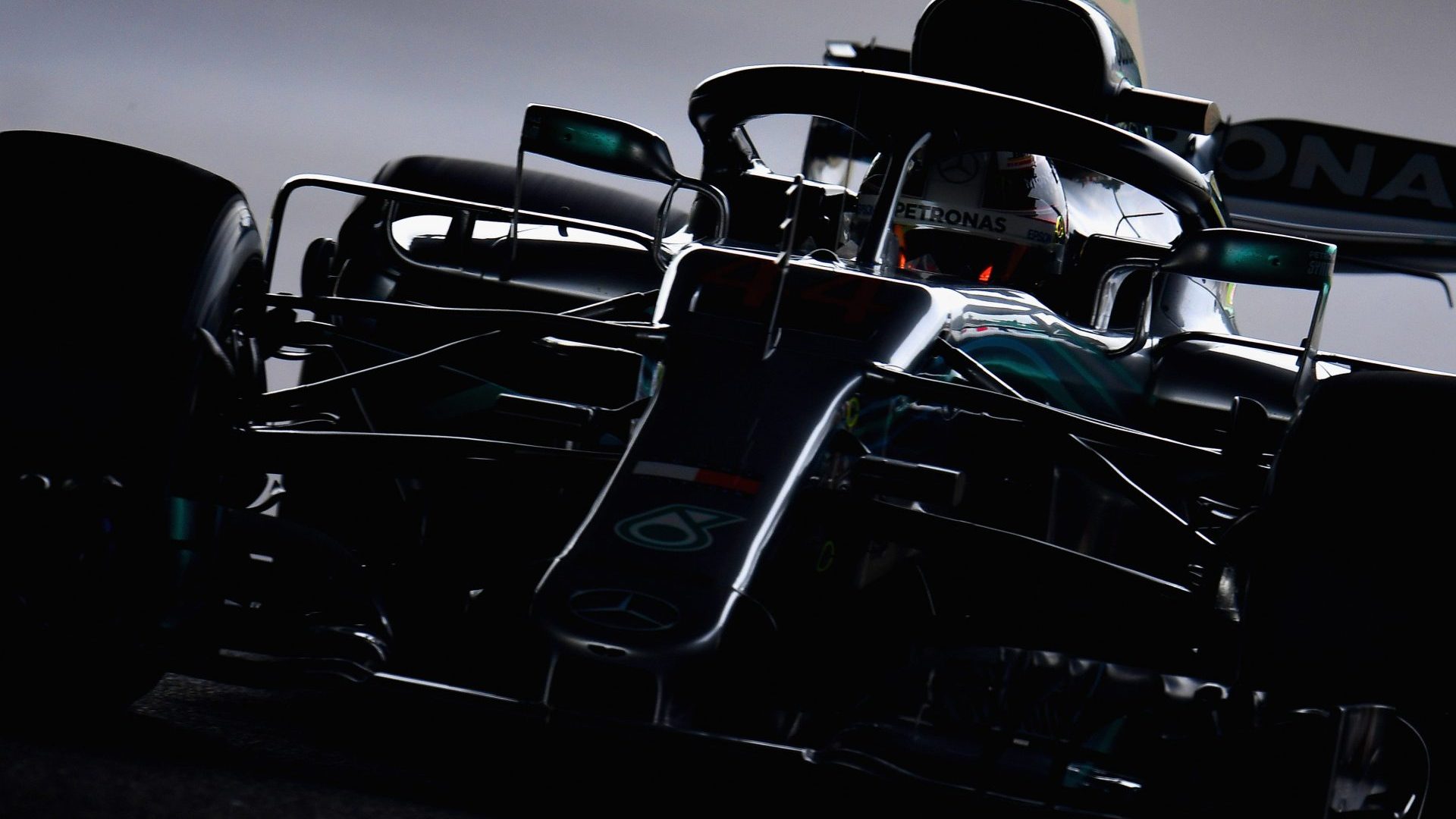

Qualifying for the 2018 Japanese Grand Prix was dotted by sporadic rain, which threw almost every team off its balance—except for Mercedes and Lewis Hamilton.
Scuderia Ferrari was the first to show signs of cracking, with Sebastian Vettel spinning in Turn 11 during Q1. More severe was the incident immediately following, when Alfa Romeo Sauber’s Marcus Ericsson caught a tailwind that sent him spinning into a wall. He was uninjured, but the crash hailed a red flag, delaying the end of Q1 by several minutes, which may have proved crucial to the outcome of qualifying.
Red Bull Racing’s Daniel Ricciardo suffered a power loss while preparing for a fast lap in Q2 and returned to the garage, the problem being terminal. Once he knew his session was jeopardized, he clambered from the car and, still helmeted, bellowed with fury. With tricky weather and multiple competitors out of the way, Scuderia Toro Rosso-Honda’s drivers survived Q2 to arrive in Q3, marking the first time since 2006 that two Honda-powered cars have reached Q3 in Japan.
Ferrari’s strategic missteps became increasingly erratic in Q3, as it sent both drivers out on intermediate tires, while the rest of the pit lane deployed on super softs, though Haas’ Romain Grosjean was spotted on softs. Mercedes took advantage of the dry track to set a provisional one-two, during which Ferrari stopped to copy Mercedes’s tire choice, but both were too late to make competitive runs. Kimi Räikkönen was the first out and managed P4, but slick curbs and worsening weather quickly proved pole was out of reach and for Vettel, even improvement was not in the cards. He would run out of chances due to clumsy pit wall commands and will start the race from P9.
Honda-powered homeland heroes Brendon Hartley and Pierre Gasly start P6 and P7. Hartley’s best-ever qualifying result in Formula 1 couldn’t come at a better time, as his seat at the team is thought to hinge upon how he compares to Gasly over the next few Grands Prix.
Full qualifying results can be found below, along with time comparisons with 2017 qualifying results.
- Lewis Hamilton/Mercedes – 1:27.760, +0.441 from 2017
- Valtteri Bottas/Mercedes – 1:28.059, +0.408 from 2017
- Max Verstappen/Red Bull – 1:29.057, +0.725 from 2017
- Kimi Räikkönen/Ferrari – 1:29.521, +1.023 from 2017
- Romain Grosjean/Haas – 1:29.761, -1.088 from 2017
- Brendon Hartley/Toro Rosso-Honda – 1:30.023
- Pierre Gasly/Toro Rosso-Honda – 1:30.093, -1.224 from 2017
- Esteban Ocon/Force India – 1:30.126, +1.015
- Sebastian Vettel/Ferrari – 1:32.192, +4.401 from 2017
- Sergio Perez/Force India – 1:37.229, – +7.999 from 2017
- Charles Leclerc/Alfa Romeo Sauber – 1:29.864
- Kevin Magnussen/Haas – 1:30.226, +0.254 from 2017
- Carlos Sainz Jr./Renault – 1:30.490, +0.077 from 2017
- Lance Stroll/Williams – 1:30.714, -0.695 from 2017
- Daniel Ricciardo/Red Bull – No Q2 time
- Nico Hülkenberg/Renault – 1:30.361, +0.482 from 2017
- Sergey Sirotkin/Williams – 1:30.372
- Fernando Alonso/McLaren – 1:30.573, +0.824 from 2017
- Stoffel Vandoorne/McLaren – 1:31.041, +1.263 from 2017
- Marcus Ericsson/Alfa Romeo Sauber – 1:31.213, -0.384 from 2017